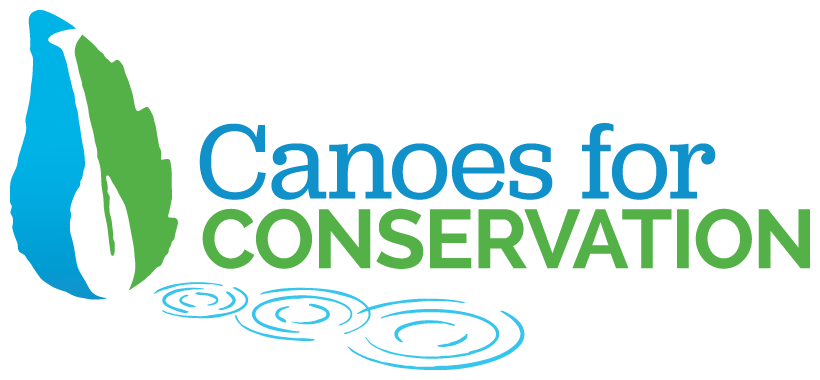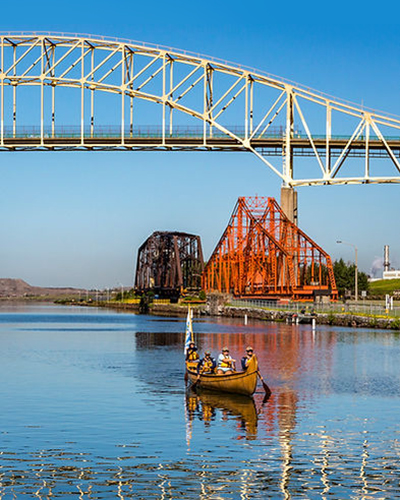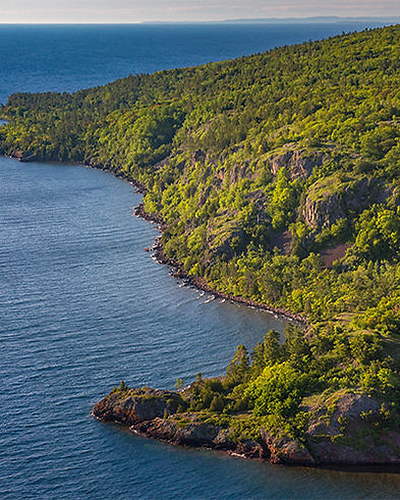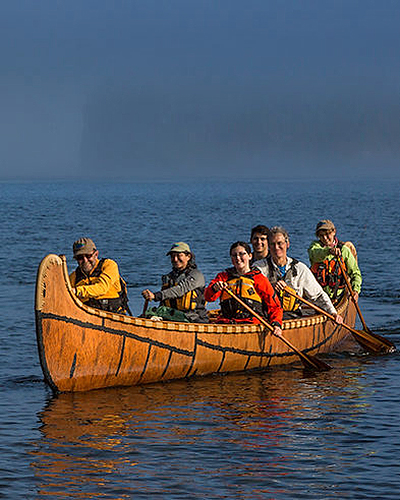
Canoes for Conservation
Canoes For Conservation tours are interpretive guided canoe tours designed to be an enjoyable and informative outdoor activity. Canoe guides will take you on a journey along one of our historic water trails while sharing their knowledge about the local history, culture, and environment. Throughout the easy paddle, there will be plenty of time to take photos. We will also enjoy a hot cedar tea and some locally curated snacks on this unforgettable experience.



